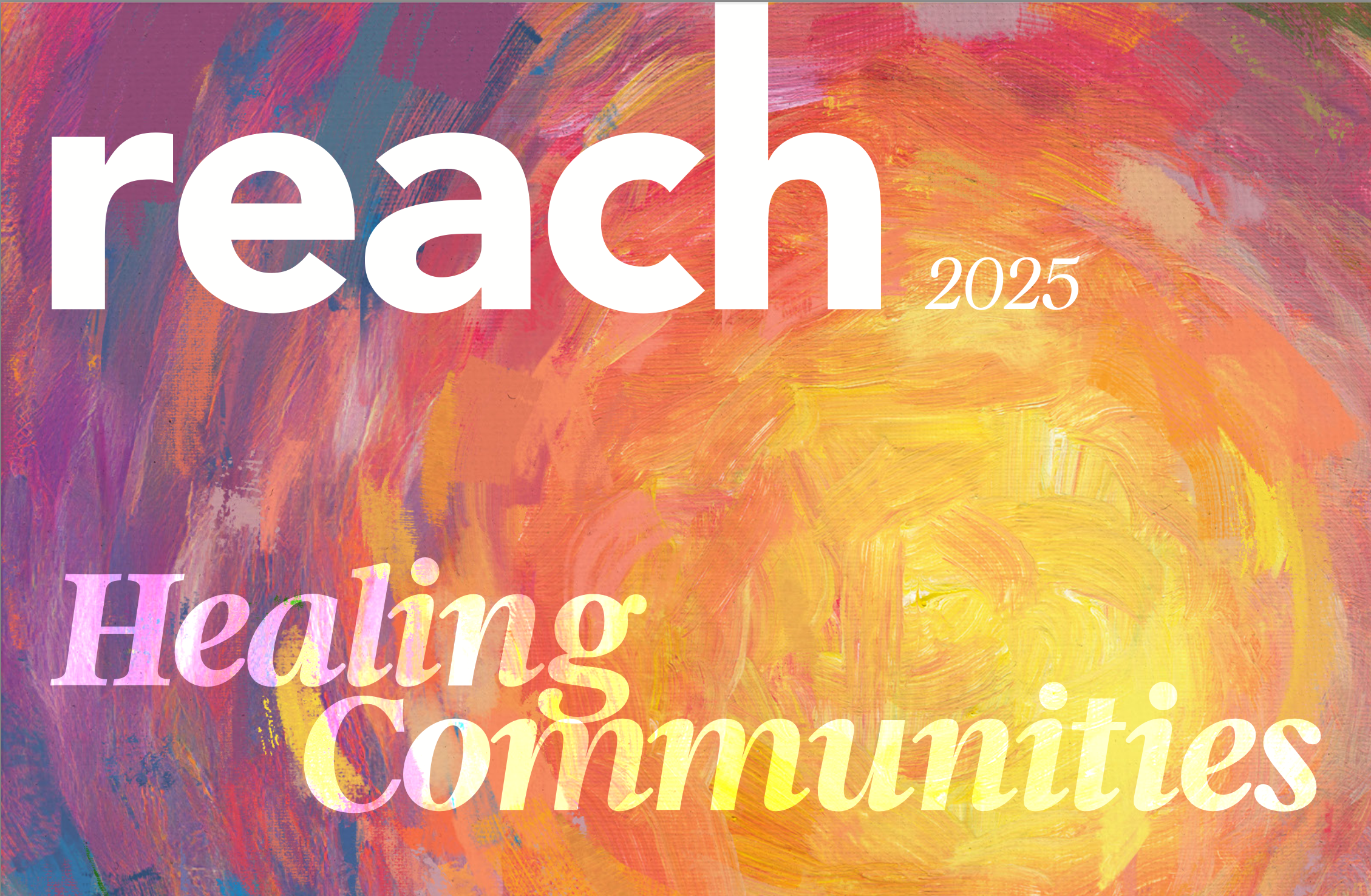Mental health challenges are real—and you are not alone. Every year, nearly 1 in 5 adults and about 13–20% of children in the United States experience a diagnosable mental health condition. The good news is: support is available, and treatment can help.
Where you turn for care may depend on your age, your experiences, and the kind of challenges you're facing. But today, there are more resources and options than ever to help you find what works best for you.
Here are some things to consider when choosing mental health support:
Read More
In the United States, nearly 44,193 people commit suicide every year. This means that on average, someone dies from suicide every 16.2 minutes. Chances are that you or someone you know has been affected by suicide. Suicide can be prevented. It is important to be aware of the warning signs because, statistically speaking, you may be able to save a life, potentially even your own.
Talk
If a person talks about:
Read More
It is fall, what a glorious season filled with beautiful weather, bright colored leaves and outdoor activities. But what if you are not enjoying this time of year. What if you feel tired, depressed, irritable, poor sleep and have a decreased activity level. Could be you are suffering from the symptoms of SAD (Seasonal Affect Disorder). Sad occurs in 1 to 10% of the adult population, affecting more women than men and the average age of onset is 23 years of age.
Read More
What comes to mind when you think of taking risks with your health – driving recklessly, or maybe abusing alcohol or illegal drugs? Those behaviors are very risky but many people have less dramatic behaviors that are just as dangerous in the long run. Tobacco use, unbalanced nutrition and a lack of physical activity are some of the key risk factors for the most common causes of death.
The top 10 causes of death include:
Read More
The majority of individuals who commit suicide do NOT have a diagnosable mental illness. They are people just like you and I who at a particular time are feeling isolated, desperately unhappy and alone. Suicidal thoughts and actions may be the result of life’s stresses and losses that the individual feels they just can’t cope with.
Suicide Attempts in the U.S.
Read More
The occasional experience of sadness and depression occurs during the life course of most people and virtually everyone in his or her life has been depressed at one time or another. Depression is a normal response to loss or disappointment. When depression persists and/or becomes so severe that it significantly disrupts a person’s world, depression may become pathological. Normal depression is characterized by a brief period of sadness, grief, or dejection in which disruption of normal functioning is minimal.
Read More
How can you tell if your child is sad, going through a phase or depressed? If your child has shown an increase in difficulty at home or school, is going through a life changing event (like a divorce) or has had sadness that has lasted more than two weeks you will want to review these symptoms of depression. Symptoms of depression in children include:
Read More
Depression is an emotional state typically marked by feelings of sadness, feelings of worthlessness, hopelessness, and helplessness, guilt, withdrawal from others, a change in appetite and/or sleep, and a loss in the interest and pleasure of usual activities. Just as most of us experience occasional anxiety, so too, do we experience sadness during the course of our lives. Depression is often associated with other psychological problems such as anxiety and substance use.
Read More
There are certain strategies that an individual can use when faced with everyday stressful situations. One thing to keep in mind is that these situations are unavoidable and will appear often throughout one's day.
Read More
Statistics compiled by the National Institute of Mental Health indicate that major depression affects over ten million people in the United States each year and that over a lifetime between 10 and 15 percent of people will experience at least one episode of major depression. In addition, research has shown that two out of three people who experience depression are women. However, this figure may not accurately reflect male and female depression because in our culture it is generally considered to be more acceptable for women to talk about their feelings and show emotions.
Read More


